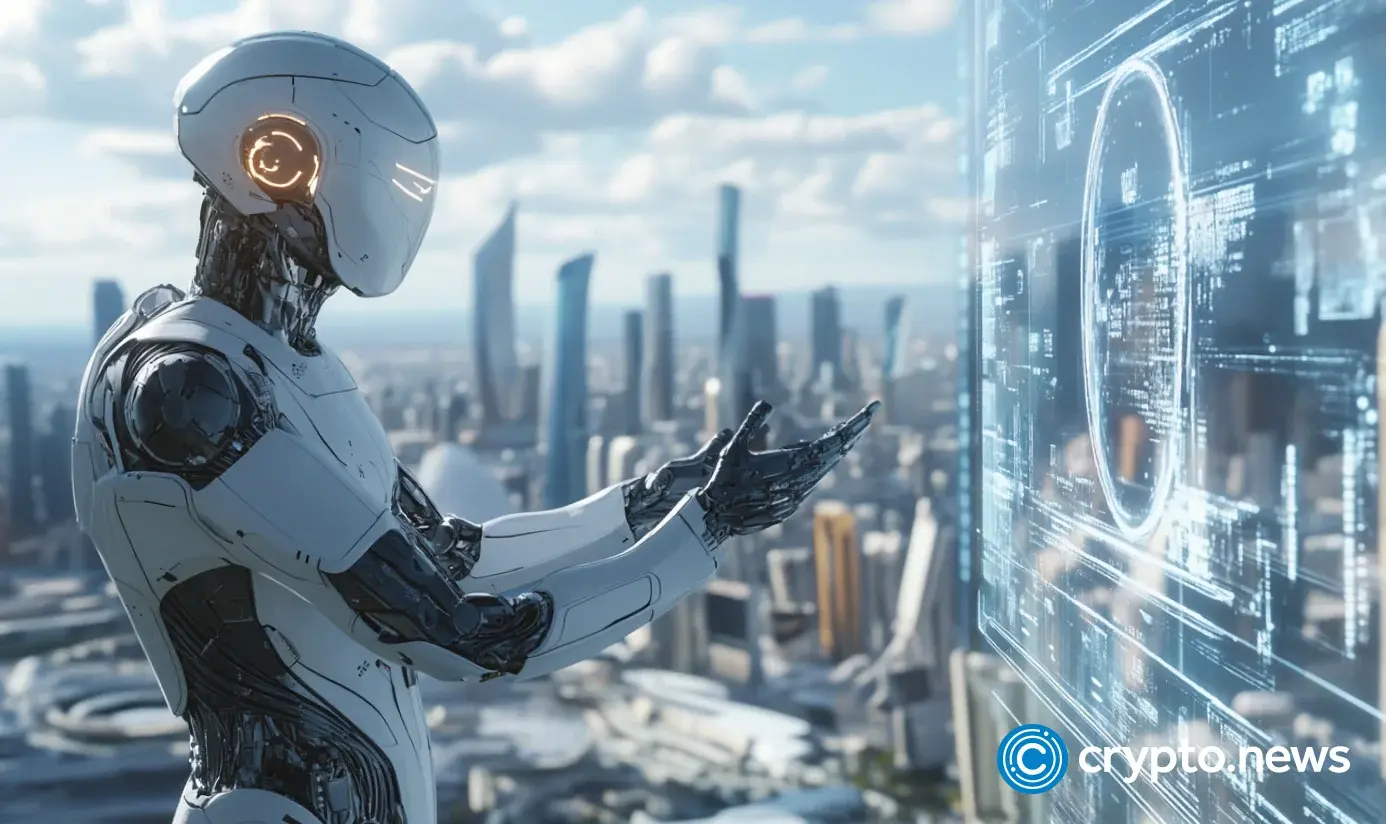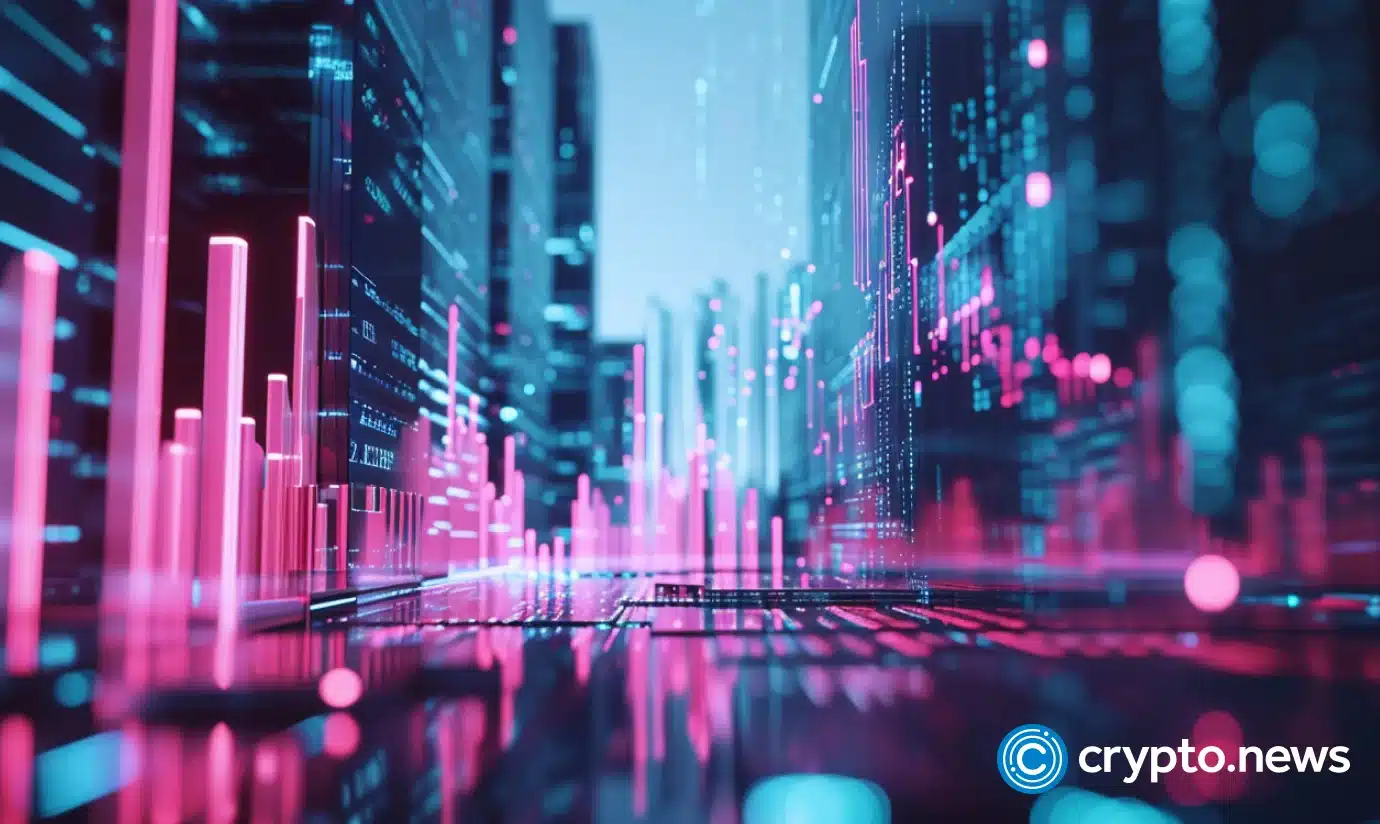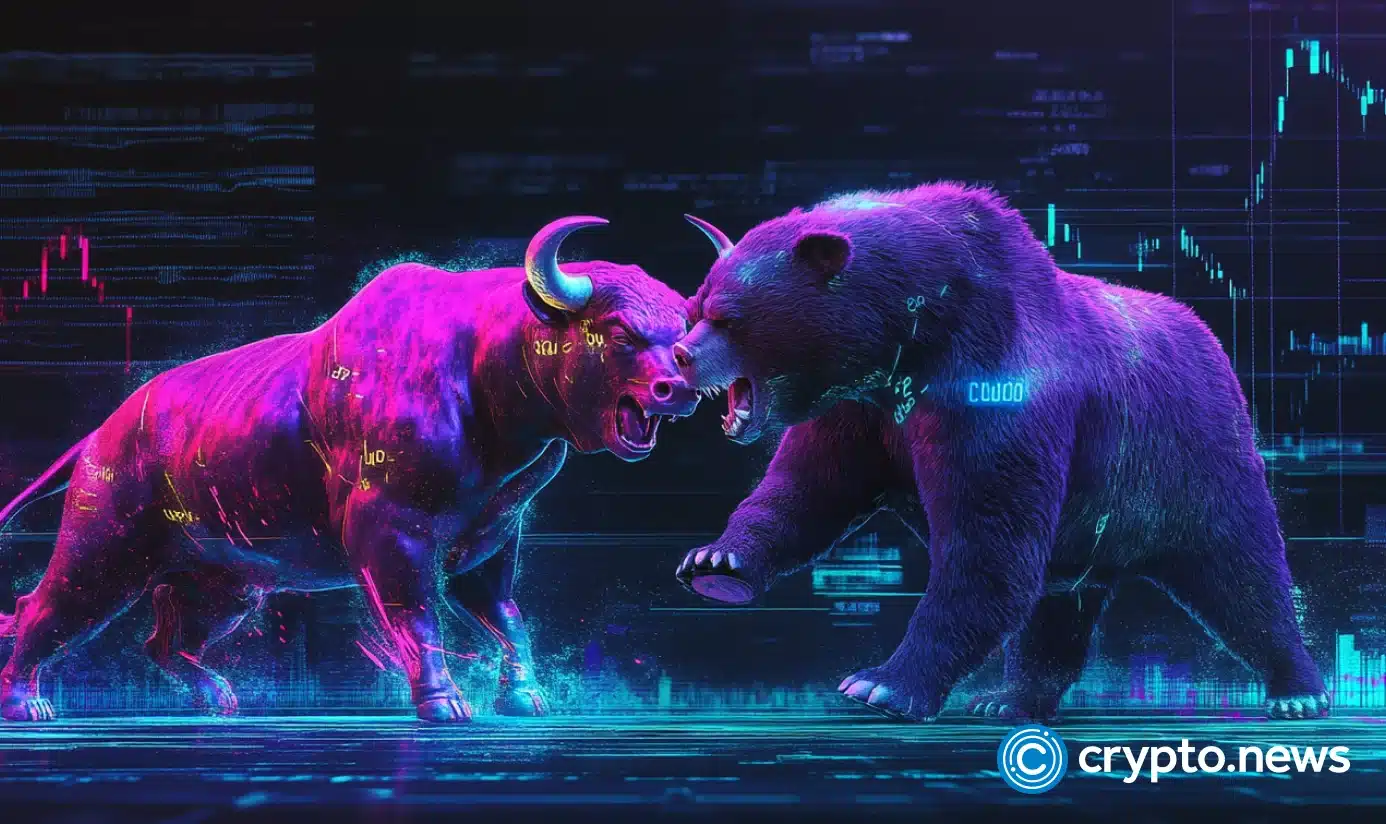Disclosure: The ideas and opinions expressed here are only for the author and do not represent the ideas and ideas of the editorial of Crypto.
The manufacturer economy has seen explosive growth in the last decade, yet many material manufacturers, writers, teachers, and artists face a fundamental dilemma: Mudrikaran and material distribution often favor centralized platforms, which are rigorous rules, fees and Apply algorithms that limit the creators’ autonomy and earnings.
While the web3 solutions promise more freedom, they have often often having poor user experiences and are essential creators to navigate complex onboarding processes and applications to essential creators. However, blockchain-based autonomous agents are emerging as a new option for creators, basically handling tasks, provoking new creative possibilities, and finally put the creators under control of their work and income Are you
Manufacturer assistant
Autonomous agents simplify material distribution and mood by automatic by automating pricing, licensing and revenue sharing to free the creators to focus on their crafts. For example, these agents can optimize pricing strategies based on market demand or manage revenue division transparently. Unlike traditional AI devices, decentralized agents can reliably conduct onchain, ensure transparency, reduce costs, and eliminate third-partners intermediaries.
Taking advantage of programmable rules and onchain verification, autonomous agents also allow the creators to detect new revenue currents-as partial ownership of micro-licensing or digital assets-their intellectual wealth control while tapping in innovative migration models We do. Ethical concerns, such as licensing and copyright issues, can be addressed through embedded program eligible licensing rights in content metadata.
Art curator agent
In digital art space, autonomous agents are already changing how the material is cured, traded, and displayed. These agents can authentically acquire and cure digital materials based on predetermined rules through Onchain verification. By working on a decentralized infrastructure, art curator agents reduce risk such as fraud or manipulation that are usually associated with centralized platforms.
Embedded program in Matadata of Digital Art ensures eligible licensing that all transactions respect the manufacturer’s terms. It eliminates ambiguities around copyright and guarantees appropriate compensation for the creators, even their work rotates in various platforms.
Intelligent creative equipment
Developers are integrated into creative applications to autonomous agents, providing creators to provide powerful tools to enhance their work. These agents can act as co-producers or intelligent managers to generate, refine and manage materials in new ways. For example, an agent embedded in a video editing platform may suggest editing based on the engagement data of the audience or generate metadata to improve the search.
The use of reliable, onchain computation means that manufacturers are not dependent on centralized APIs or platforms, which can compromise their data or artistic terms. Unlike many current AI agents, which depend on centralized APIs such as openiAI, these decentralized agents continuously and transparently work, which avoid weaknesses tied to centralized control.
Where to start for manufacturers
For the creators only to detect decentralized platforms, it is important to confirm that the platform they use provides reliable and durable storage for their data. Many traditional NFTs store artwork and metadata separately, which can close centralized storage provider service or stop paying for storage costs. It is a recipe for future headache.
Decentralized platforms such as Bazar take a different approach, combine everything together – your work, its rights and ownership – in a permanent transaction on arweeve, in a permanent transaction, is called an atomic property. Think of it like a self-contained digital artwork that carries its rule book, whether he travels online. This is particularly important because AI interactions rapidly with creative function, which requires the ability to embed programable licensing rights. By that end, the market is experimenting with a data licensing framework called universal data license that gives artists the right to directly use rules to encoded in their compositions directly.
When the ART includes these clear rules that it can be used, autonomous agents can act like digital rights managers, ensuring that work is visible everywhere. These rules provide equal transparency for users and AI agents, which ensure frequent adherence to the terms of use. It is like being an tireless lawyer to ensure how their work is used, to maintain control of their art develops and takes to new life in the digital landscape.
Future of autonomous agents
In the next decade, autonomous agent manufacturers will play an important role in the economy. By decentralizing material demonetisation and distribution, these agents reduce dependence on traditional platforms, providing more equipment and resources to the creators to maintain their work control by streamlining business operations. They will also help in identifying new moods strategies, managing distribution wisely and handling data-operated financial decisions.
Autonomous agents offer creators an opportunity to gain control over their work and innovate in ways that will be forced by centralized systems first. As these devices develop, they will help build a manufacturer economy that prefer transparency, empowerment and permanent development for all.




